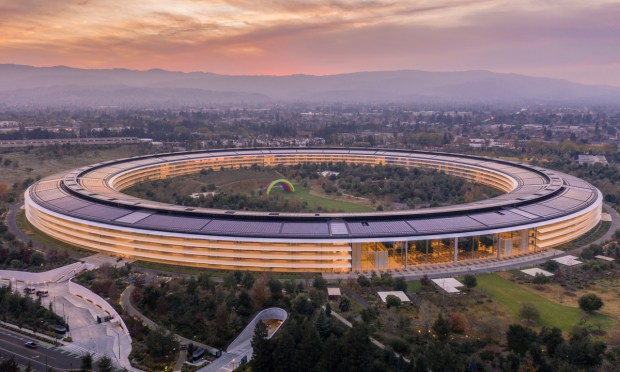Apple Begins In-House Use of AI Chatbot

Apple has reportedly begun using its in-house artificial intelligence (AI) chatbot to assist employees.
Writing in his Power On newsletter Sunday (July 23), Bloomberg’s Mark Gurman says the tech giant is using the chatbot to help workers summarize text, answer questions based on training data and prototype future features.
According to the report, Apple is considering other ways to use generative AI in-house, such as giving the tool to its AppleCare support team to help customers with technical issues.
PYMNTS has contacted Apple for comment but has not yet received a reply. Sunday’s news follows reports from last week that the company was working on a generative AI tool.
While companies like Google, Meta and Microsoft have recently been beefing up their AI efforts, Apple has been more reticent when it comes to the technology.
Apple Chief Executive Tim Cook used his company’s earnings call in May to plead with other companies to use caution as they race to introduce AI to their products.
Cook noted that the potential for AI is “huge” and that Apple — which has integrated artificial intelligence into services such as its iPhone and Apple Watch crash and fall-detection technology — would roll out AI on a “very thoughtful basis.”
PYMNTS’ Karen Webster wrote in May that Apple’s position on privacy and user data, and its closed ecosystem, could lead to the company winning over consumers but ultimately losing the generative AI war.
Winners in this war, Webster argued, will develop new models that embed commerce into search and monetize that conversion. It’s a model that favors companies like Google and Amazon, given the scale of their platforms.
“Unless something changes, Apple may end up playing the role of smartphone, mobile OS and App Store, just like it does today — with an App Store that comes chock-full of everyone else’s GPT app innovations,” Webster wrote.
Meanwhile, recent research by PYMNTS and AI-ID shows that 70% of business leaders believe generative AI will have the largest impact on marketing organizations, business operations and logistics. However, no matter the technology’s potential, companies need to figure out immediate use cases to enhance value rather than just chase a trend.
“You don’t want to boil the ocean and try to solve for everything at once,” recently appointed Corcentric CEO Matt Clark told PYMNTS. “Firms need to look at [transforming their existing processes] as a kind of crawl-walk-run mentality to get to where they need to go.”

